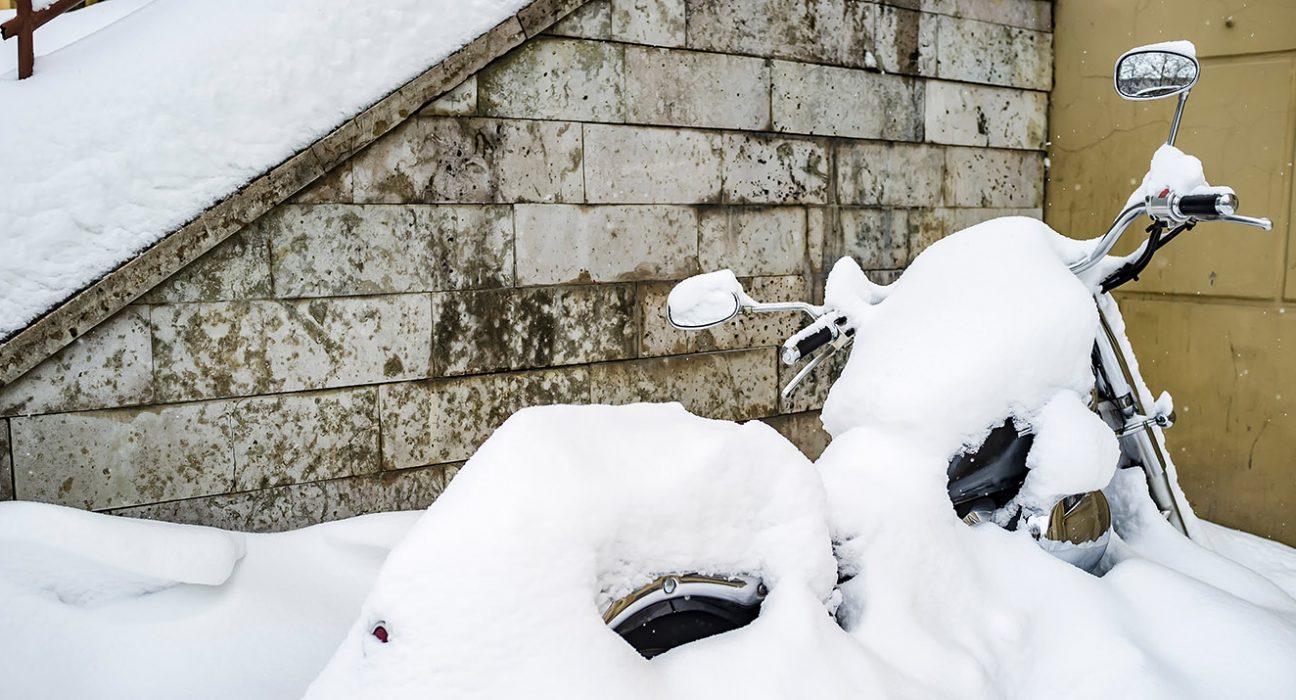The basics of properly pickling your motorcycle for the winter months
By Mitch Boehm
Nov. 3, 2022
For many of us in the upper tier of the country, it’s that oh-so depressing time again — when the clocks fall back, the days get shorter, the temperatures fall…and motorcycles get put away for the winter — and the brain starts thinking of the adventures to come in the springtime.
As bad as that sounds, at least you can handle the winter-bike-prep part correctly. And here are some winter bike prep tips from the experts.
FUEL SYSTEM
The biggie here, for carbureted bikes at least, is fuel-system contamination and degradation caused by ethanol-laced — and just plain old — gasoline. The stuff gums up quickly in a carburetor’s many small jets and orifices, so if your bike is carbureted, drain those carbs immediately, either via the float-bowl bleeds or by turning off the petcock and letting the bike idle for a few minutes until it conks out.
Before you drain those carbs, though, be sure to fill the tank with fresh fuel and add the recommended amount of fuel preservative.
BATTERY CARE
This is pretty easy, really, and usually only involves hooking your motorcycle’s battery to a battery tender or trickle charger, which, if it’s one of the better ones, will not only charge your battery but maintain that charge all winter long. There are plenty on the market, but Battery Tender and CTEK are two top brands to look at. Do your homework.
TIRE CARE
It sounds weird given all the use and abuse your tires can take, but leaving them sitting in one place all winter while holding up 400 or 500 (or more) pounds can deform the carcass or worse, especially if not inflated properly. So store your bike on its centerstand if you can, or on a pair of work or track stands. And if you don’t have either of those, at least inflate the tires to 40 or 50 pounds each and try to roll the bike around a bit during the winter months.
FINISH CARE
It can’t hurt to thoroughly wash and wax your bike before you put it up for the winter, but if you do, be sure it’s completely dry. Leaving small puddles of moisture in those nooks and crannies will only lead to corrosion, so either ride it afterward to get everything warm and dry and toasty, or use compressed air or a leaf blower to do the job. Your bike will be happy and comfy all winter long.






